You haven’t really experienced Stonehenge until you’ve stood inside the stone circle as the Neolithic people who built it once did and watched the sun come up on the English countryside. As the name implies, Stonehenge inner circle tours get you inside the ropes to experience the stones close up. As I watched the morning light bathe the massive blue stones, I definitely had a different perspective than I had achieved during a previous visit when I stood outside the ropes and listened to a recorded monologue. I could see why people believe there is some sort of mystical power associated with this site.
There are affiliate links in this post. If you make a qualifying purchase through one of these links, Wander Woman Travel Magazine may receive a small commission at no extra cost to you.
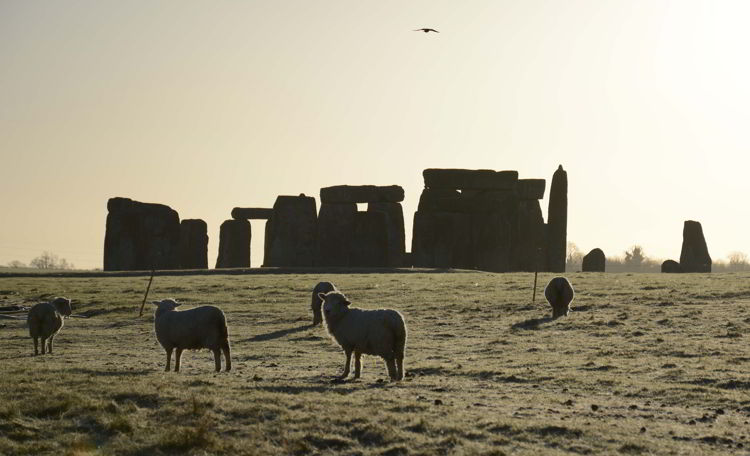
Table of Contents
Why Stonehenge is Roped Off
There was a time when all visitors to Stonehenge could walk amongst the stones and touch them, but these days the site has been roped off to protect the stones and the vegetation surrounding them. Fortunately, if you want to get past the ropes, there are still a few options.
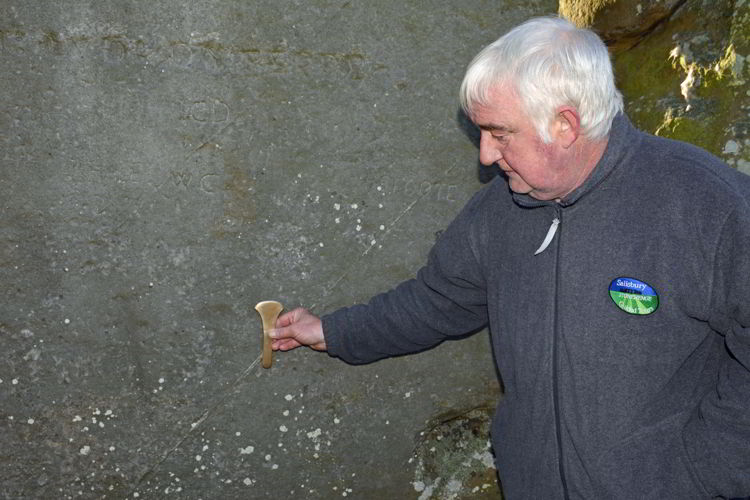
Related: If you’re traveling to the UK via Iceland, you’ll want to check out our post about exploring Iceland’s ring road.
Stonehenge Inner Circle Tours
Stonehenge inner circle tours allow you to access the inner circle of the site before or after it is open to the public. It’s a special experience to have the site all to yourself and watch the sunrise or sunset over the stones.
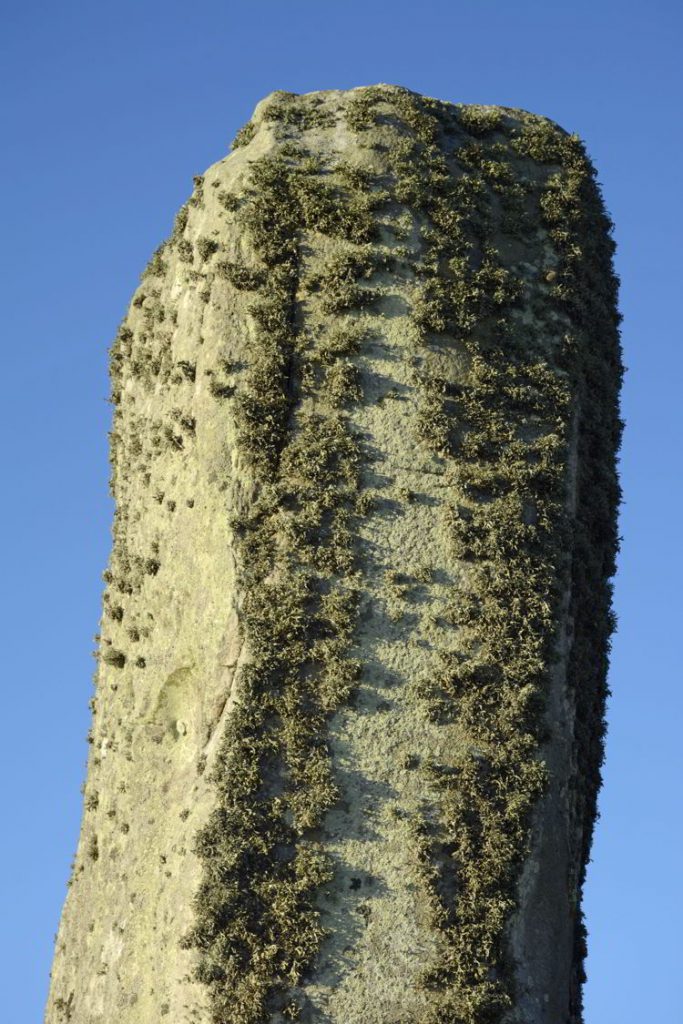
Learning About Stonehenge
Our guide, Pat Shelley has been leading Stonehenge inner circle tours for many years and is an expert on all things Stonehenge. “Most scientists believe Stonehenge was used for ceremonial and ritual purposes,” he said. “That’s really another way of saying they have no idea what this site was used for. It may have been a meeting place for chieftains, a healing place for the sick, a burial area or an astronomical observatory –no one knows for sure.”

The Biggest Mystery of Stonehenge
The biggest mystery is how Neolithic peoples managed to move massive stones weighing more than 45 tonnes to the site. The quarry site for some of the stones has been identified as the Preseli Hills in Wales, some 240 km from the Stonehenge site. It would take sophisticated engineering to move the stones into place and by all estimations the society did not seem advanced enough to manage it. Yet, somehow they did it. There also seems to be some architectural acumen in the overall design, with the Stone Circle and 3 km Avenue from the River Avon being built on the access of the midsummer sunrise. Whether this alignment was for calendaring, sun worship or another purpose is unknown.
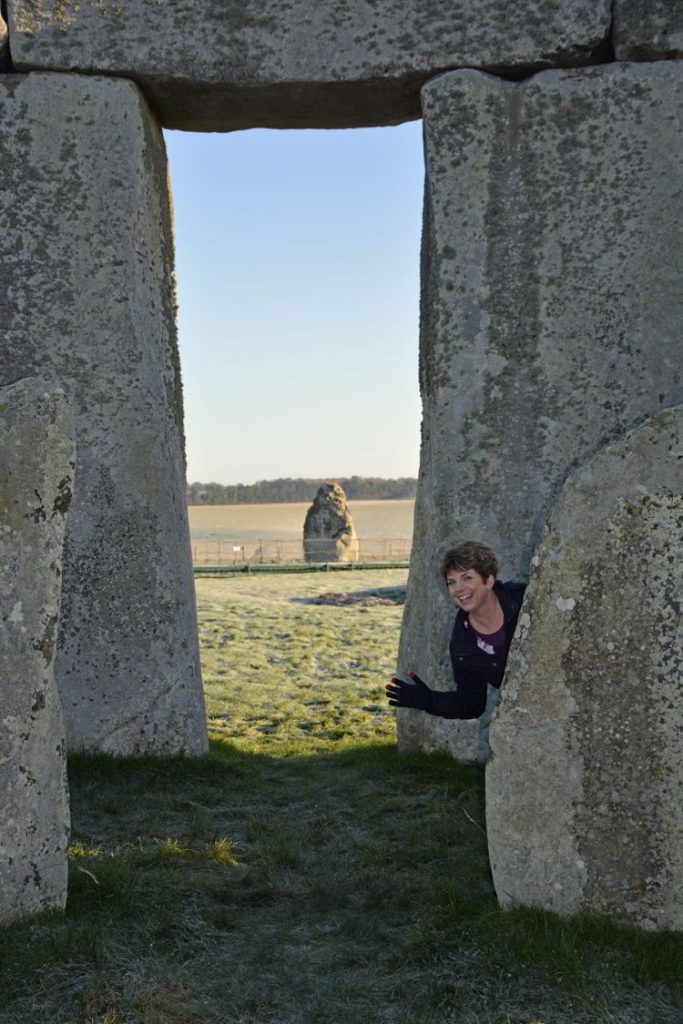
Literature Inspired by Standing Stones: Stonehenge and other sites like it inspire the imagination. Many novels have been written about Standing Stones, but none more popular than the Outlander series by Diana Gabaldon.

Ecological Value of Stonehenge
One of the things that is known, is the site is of great ecological importance. “There are 77 different types of lichen on the stone and some are very rare,” said Shelley. “If Stonehenge wasn’t an important archeological site, it would be a world class ecological site. People are no longer allowed to touch the rocks or to climb on them, because this kills the lichen.”
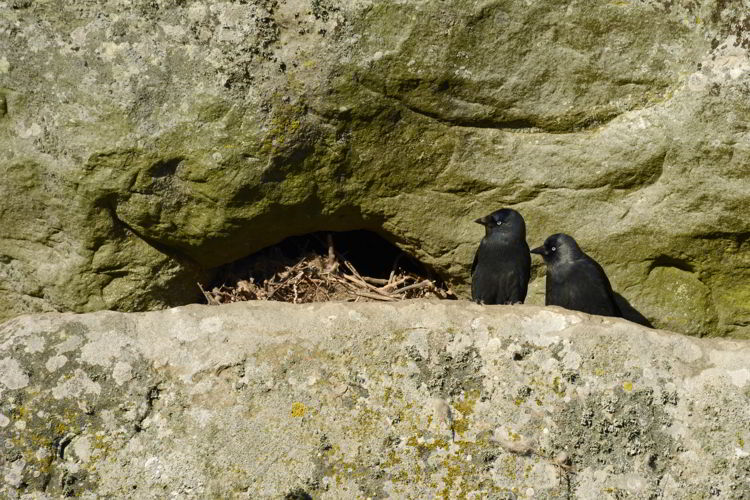
Related: If you’re visiting Europe with a tour operator, read our article about how you can customize a bus tour itinerary.
Wandering Through the Inner Circle
We were given some time to wander around the site and photograph it in the morning light. I couldn’t help but notice several shiny black jackdaws nesting on the massive stones. Like sentinels they seemed to watch me as I wandered around taking photographs. I’m not sure if there is any real magic at Stonehenge, but there is something magical about standing in a mysterious place that dates back thousands of years. It’s even better if you can see it from the centre as its original builders once did– without the ropes surrounding it.

Impersonate a Neo-Druid
There is one other way to get into the inner circle without booking Stonehenge inner circles tours. For some people with New Age beliefs, Stonehenge is a place of religious significance. Since Stonehenge appears to be arranged in an astronomical configuration, many believe its mystical power is affected by the position of the sun with respect to the earth. For the sake of religious freedom and possibly due to the fact that they can’t keep people from jumping the fences during certain times of the year, the ropes come down during summer and winter solstice and the equinoxes. Many camp out overnight, so they can watch the sun come up on the site.
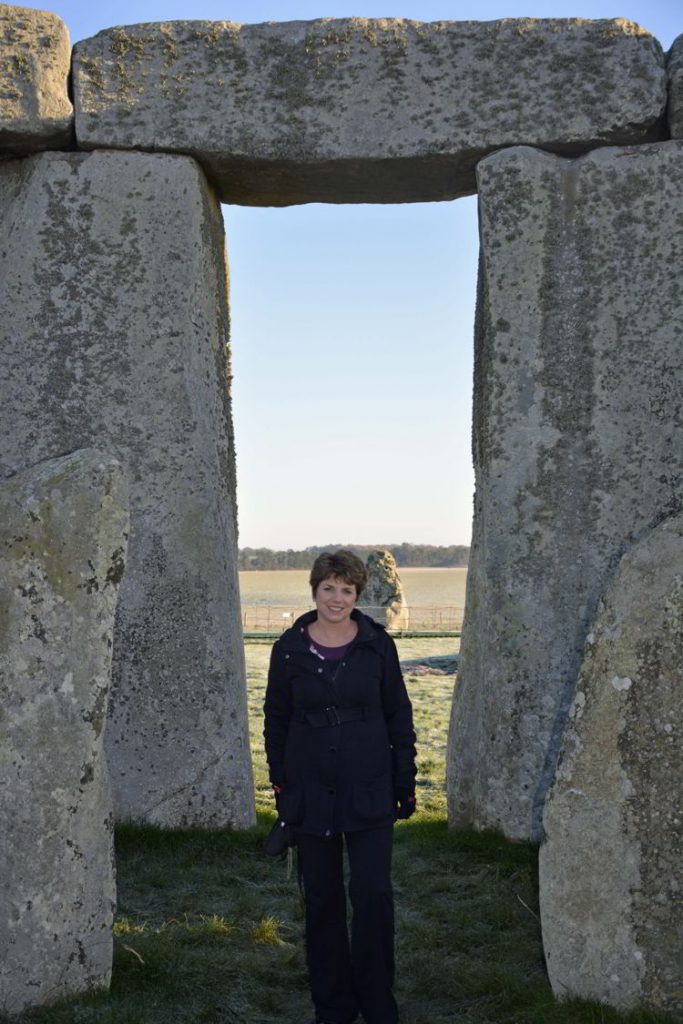
Hippies Aren’t Hardy
If you aren’t particularly religious about the site and you have to choose between summer and winter solstice, Pat Shelley, a private tour guide suggests you go for winter solstice. “Hippies aren’t hardy,” he says. “Thousands of people camp out at the stones during summer solstice, but only a few hundred are here during winter solstice when it’s colder. That’s the best time to go.”
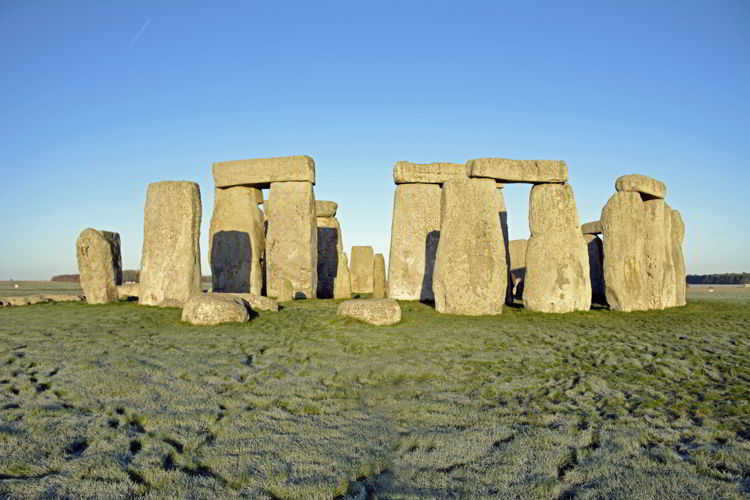
Visiting Stonehenge
- For more information on visiting Stonehenge, check out the official website.
- Only a few tour companies offer Stonehenge inner circle tours. We booked ours on this website.
- We thought Stonehenge inner circle tours were worth the additional cost, but Stonehenge is an interesting site to visit – no matter how you see it.
More Adventures: Read all about Europe’s Best Christmas Markets.

No Comments